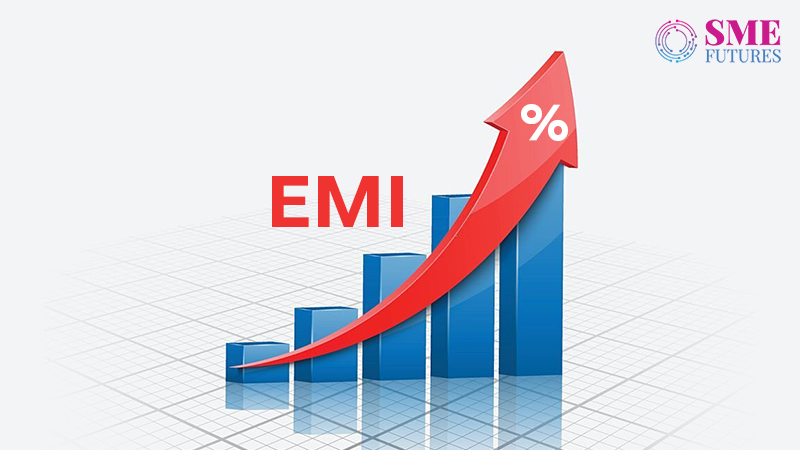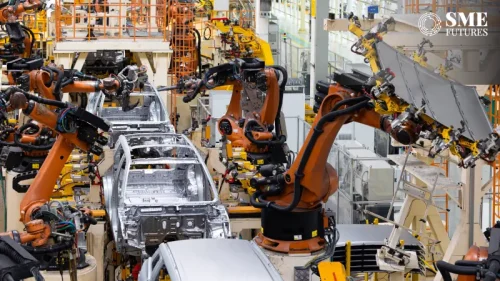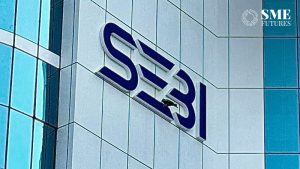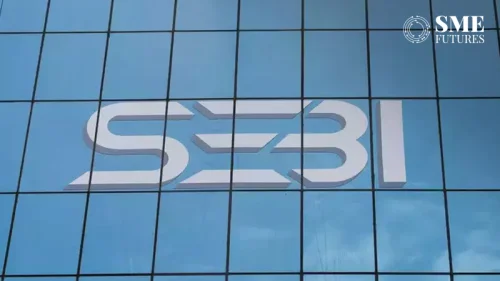Following a surprise meeting today, the Reserve Bank of India (RBI) announced an increase in repo rates and CRR under the liquidity adjustment facility (LAF) that will take effect immediately. RBI Governor, Shaktikanta Das, announced in front of the media that the Monetary Policy Committee (MPC) has decided to raise the policy repo rate by 40 basis points to 4.40 per cent and CRR by 50 basis points on May 4, 2022. Until now, this repo rate has remained constant for 11 consecutive times.
The MPC also decided to remain accommodative while focusing on withdrawal of accommodation to ensure that inflation remains within the target going forward while supporting growth.
Surge is due to inflation
In March 2022, CPI inflation surged to 7.0 per cent from 6.1 per cent in February, largely reflecting the impact of geopolitical spillovers. Food inflation increased by 154 basis points to 7.5 per cent and core inflation rose by 54 bps to 6.4 per cent.
Moving forward, the IMF projects inflation to increase by 2.6 percentage points to 5.7 per cent in advanced economies in 2022 and by 2.8 percentage points to 8.7 per cent in emerging market and developing economies.
RBI states that inflation will still be rising and staying for a while in the country.
Common man to suffer more
The high cost of ‘fuel and power’ as a result of the Russia-Ukraine war pushed up India’s March 2022 wholesale inflation to a 4-month high, and now rising repo rates will prevent the common man from taking loans at all. From basic commodities such as food, fuel and petrol, clothing, and so on, to home loans, car loans, and even education loans, the EMIs will be high from now on.
The annual rate of inflation, based on wholesale prices, rose to 14.55 per cent last month, up from 13.11 per cent in February 2022 and 7.89 per cent in March 2021, according to the Ministry of Commerce and Industry. Consequently, Consumer Price Index (CPI)-based inflation has risen.
Experts on repo rate hike
Amid the high unemployment rate and soaring inflation, experts are calling it an inevitable move by RBI.
Dr. Arun Singh, Global Chief Economist, Dun and Bradstreet says this sudden move has surprised many and is the indication of a scenario where inflationary conditions are set to worsen.
“It appears that RBI is under pressure and playing a cautious role as geopolitical risks are aggravating and supply chain disruptions are becoming protracted. As the spillover effects of the conflict are likely to intensify, further fuelling inflationary pressures, another increase in the policy rate in near future cannot be ruled out,”
According to him, borrowing costs which had already started increasing after the introduction of the standing deposit facility are set to increase further. “Companies, especially small businesses will be significantly impacted from higher commodity prices and high cost of borrowing,”
Yash Gupta, Equity Research Analyst at Angel One Ltd, says, “It was not expected by the markets, Indian markets are keeping an eye on the Fed policy but in between RBI has hiked its interest rates by 40 bps to mitigate the inflation rate. Now the Repo rate is 4.40 per cent.”
Reacting to the announcement Rohit Gera, Managing Director, Gera Developments says, “Increase in repo rate has been expected on the back of very high inflation. Rising interest rates along with rising prices of homes on account of high inflation will have a significant negative impact on the real estate sector as both impact affordability significantly,”
Another stakeholder from the real estate says the hike in repo rate will likely have an impact on the industry. “Residential demand has been positively revived in the post-pandemic context and needs to be fostered. It also goes without saying that the real estate industry’s perennial hope is fixed on lower interest rates as it improves affordability and provides the required fuel for the growth of the economy along with the real estate sector, which is allied with several other industries,” says Chairman & MD, Sterling Developers Pvt. Ltd.
Is there a silver lining?
The RBI’s action on rate hikes is aimed to curb inflationary pressure.
According to RBI, the domestic economic activity stabilised in March-April with the ebbing of the third wave of COVID-19 and the easing of restrictions.
Urban demand appears to have maintained expansion, but some weakness persists in rural demand. Investment activity seems to be gaining traction. Merchandise exports recorded a double-digit expansion for the fourteenth consecutive month in April. Non-oil non-gold imports also grew robustly on the back of improving domestic demand.
Taking it as a positive move, Subhash Goel, MD at Goel Ganga Developments, says, “It is not very surprising that the RBI has increased the repo rates. The silver lining is that the Indian economy is on a strong footing and most the agencies have predicted a promising growth rate in the range of 8-9 per cent in the current fiscal. As rates are increasing many fence-sitters now will quickly make the move, which might be a blessing in disguise,” he says.











